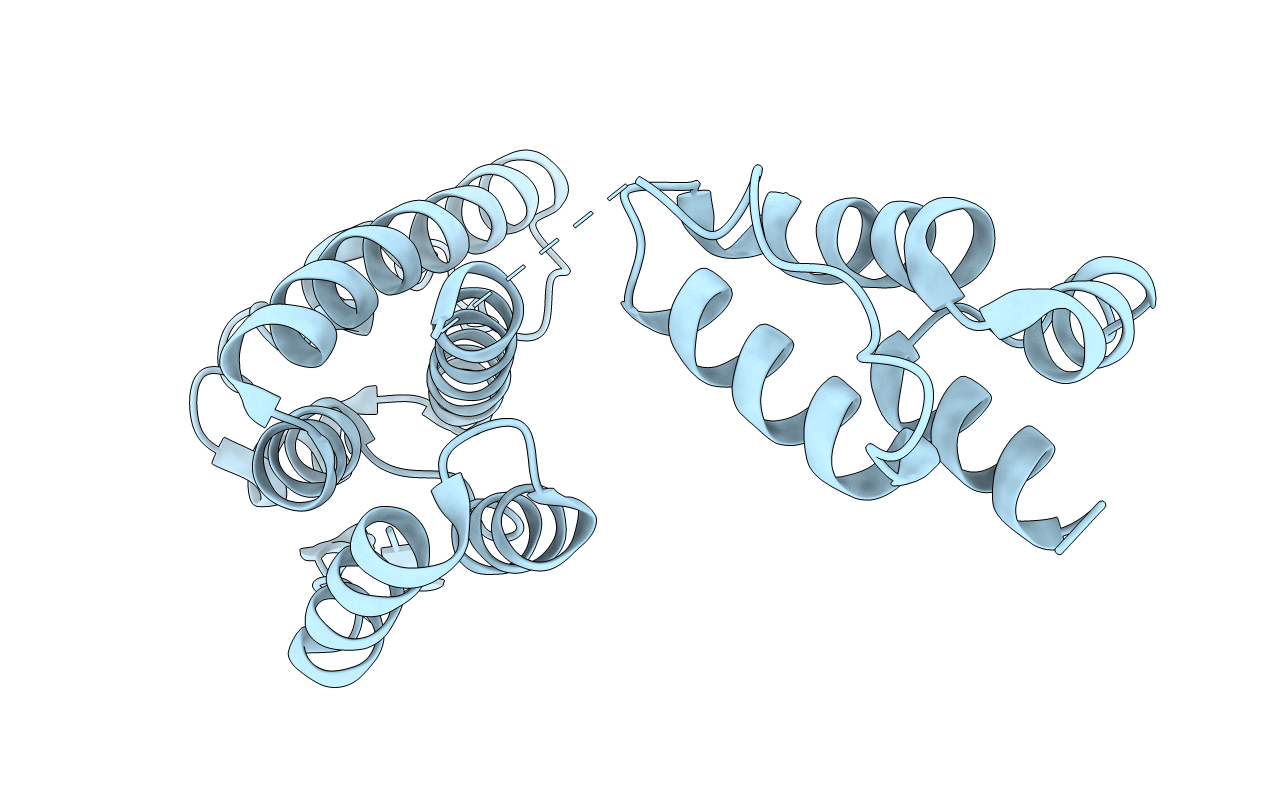
Deposition Date
2011-08-21
Release Date
2012-04-04
Last Version Date
2023-09-13
Entry Detail
PDB ID:
3TIR
Keywords:
Title:
Pseudo-atomic model of the Rous Sarcoma Virus capsid hexamer
Biological Source:
Source Organism:
Rous sarcoma virus (Taxon ID: 11888)
Host Organism:
Method Details:
Experimental Method:
Resolution:
4.10 Å
R-Value Free:
0.39
R-Value Work:
0.39
Space Group:
P 6


